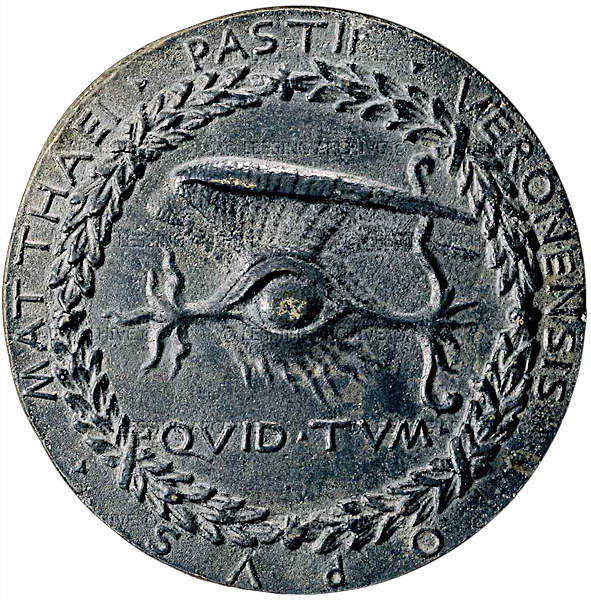Art and Philosophy in the Renaissance Tradition

This seminar investigates fundamental questions raised during the early modern period in Europe about the nature of art as an ethical practice and as a way of knowing the world. What is the purpose of art? Where do artists find their ideas? Why do objects exert effects upon viewers? What is the role of practical knowledge and what is the role of divine inspiration in the process of artistic creation? During this period (roughly from 1400 to 1780) we find that many different kinds of people—artists, poets, academicians, princely secretaries, clergymen—offered answers to such questions. The Humanist revival of ancient Greek and Roman literature and philosophy in the fourteenth and fifteenth centuries was crucial to the early modern idea that the making and enjoying of visual art should be considered a philosophical activity. From the fourteenth century onward, treatises, dialogues and poems aimed at general educated readers fueled the discussion of how visual art affects our moral lives and how it reveals truths about the natural, human and divine worlds. The notion that art has an ethical purpose, that it engages the higher faculties of the mind, and that it offers instruction as well as delight, are all ideas that contributed to the modern conception of visual art as guide to understanding and representing the human condition. Artists themselves often reflected on their activity in their works and expressed their ideas by pushing the limits of what could be stated in material form. This seminar will offer an introduction to early modern European thought about visual art on the basis of selected writings in English translation and through first-hand study of paintings, sculptures, drawings and prints in the University of Michigan Museum of Art. Emphasis will be given to works by Italian, German, Dutch and English artists. Readings will be drawn from Giovanni Boccaccio, Leon Battista Alberti, Leonardo da Vinci, Baldesar Castiglione, Albrecht Dürer, Lodovico Dolce, Giorgio Vasari, Giovan Pietro Bellori, Johann Joachim Winckelmann, and others.
Estimated Cost of Materials: $50-$100.
HISTART Categories for concentration distributions: D. Europe and the US, 3. Early Modern, 4. Modern and Contemporary
Fulfills Upper Level Writing Requirement